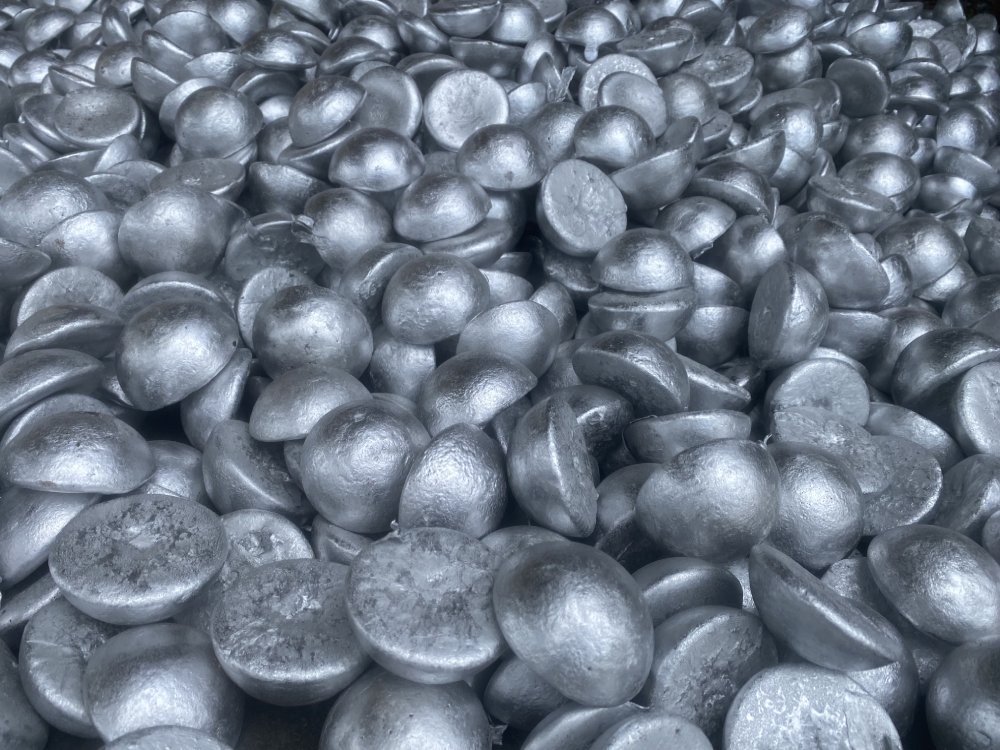- info@berrakdokum.com.tr
- +90 232 437 01 38
- Egemenlik Mah. 106/4 Sk. No:38 Işıkkent-İZMİR
Aluminum Deoxidant

Aluminum Deoxidant
- Deoxidation is the last stage in steelmaking. In the Basic Oxygen Furnace (BOF) and other similar steelmaking practices the steel bath as the time of tapping contains 400 to 800 ppm activity of oxygen. Deoxidation is carried out during tapping by adding into the tap-ladle appropriate amounts of ferromanganese, ferrosilicon and/or aluminum or other special deoxidizers. If at the end of the blow the carbon content of the steel is below specifications, the metal is also recarburized in the ladle. However, large additions in the ladle are undesirable, because of the adverse effect on the temperature of the metal.
- Production of clean steel is one of the constant concerns of alloy steel producers. Deoxidation processes with different elements lead to the production of impurities, each of which causes a decrease in the mechanical properties of steel. Meanwhile, steels that need deoxidation with Aluminum or this element is present in their analysis are more exposed to mechanical damage due to the presence of Aluminum impurities. Therefore, the amount as well as the process of adding Aluminum to the melt will have a significant effect on the quality of the steel.
- Aluminum is mostly used in steel for deoxidation and denitrification. Therefore, it can have a good effect on sensitivity against aging phenomenon. Aluminum is often used as an alloying element in nitrided steels because it produces nitrides with high hardness with nitrogen. This element prevents the growth of grains by forming scattered oxide and nitride compounds and thus helps to create fine crystalline grains.
- Aluminum makes the austenite range very narrow. Aluminum is also used as an alloying element in Iron-Nickel-Cobalt-Aluminum permanent magnet alloys due to the large increase in force with the magnetic field necessary for demagnetization.
- In fact, the purpose of deoxidation is to reduce dissolved oxygen in steel in order to prevent the formation of impurity elements, remove gas voids, desulfurize and even control the grain size of steel. This process is done by adding elements to the melt that have a greater tendency to react with oxygen than iron (Calcium, Magnesium, Aluminum, Silicon, Manganese, Carbon, etc.), which is called sedimentary deoxygenation or the mixing and reaction of steel. containing oxygen with overheads that have a high capacity of FeO, which is called permeation deoxidation. Aluminum in steelmaking is an alloying element and also a strong deoxidizer.
- Aluminum, also is used as an alloy element to increase the toughness of steel by controlling the grain size of the final product. To achieve both goals, an optimal amount for Aluminum should be defined.
- The production of the above-mentioned aluminum hemispheres is done with a previous order, and so far, many steel factories in Turkey have used these deoxidants.





